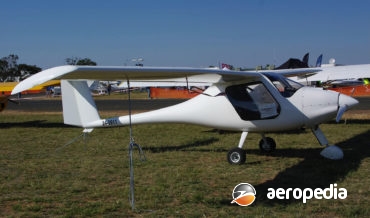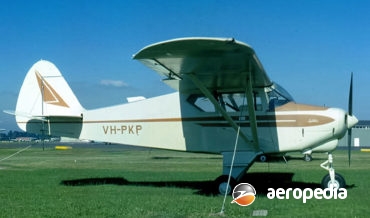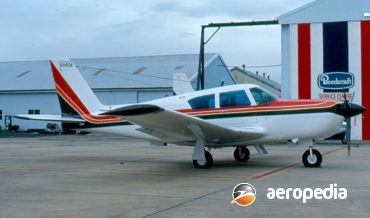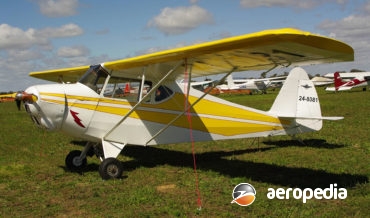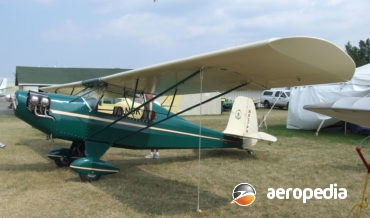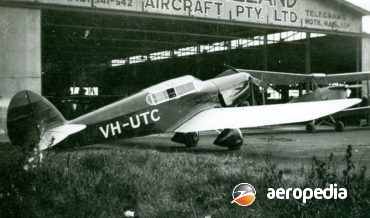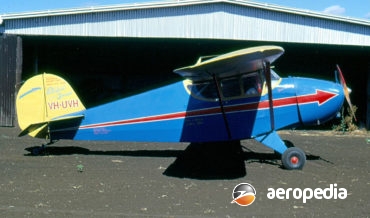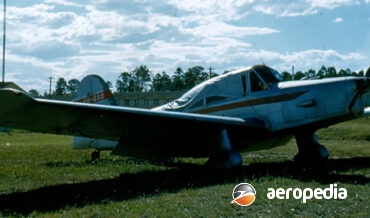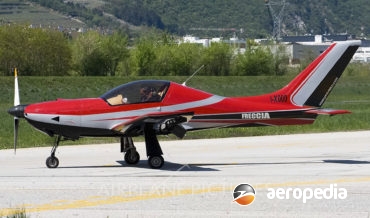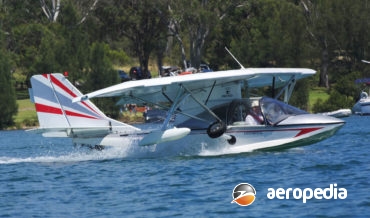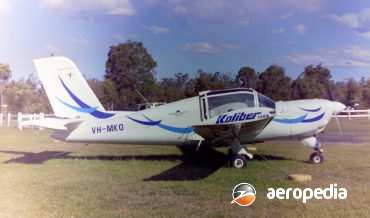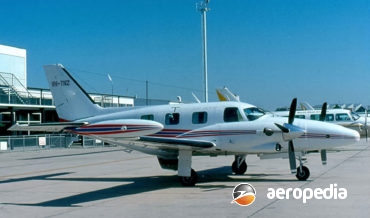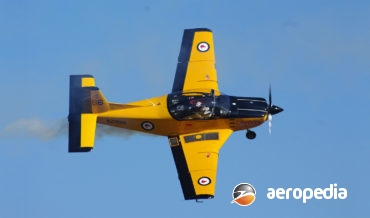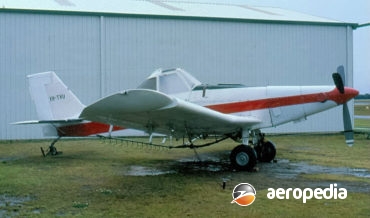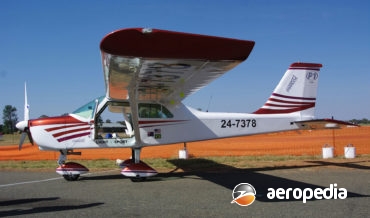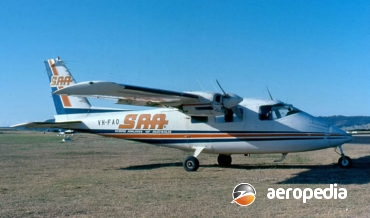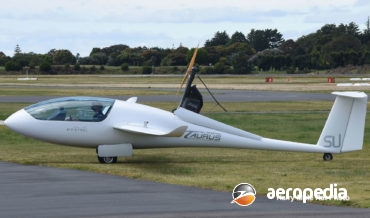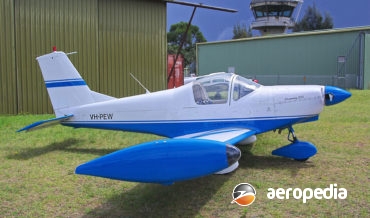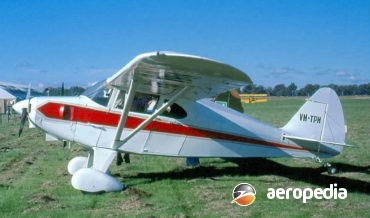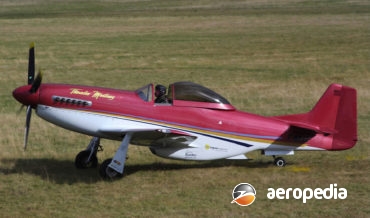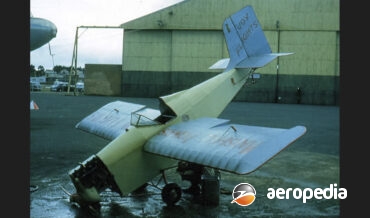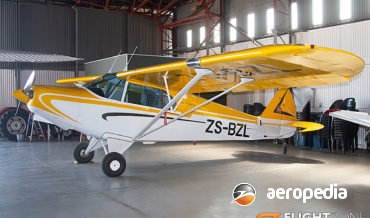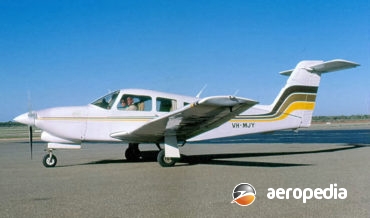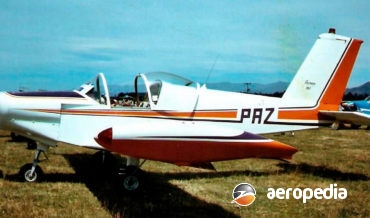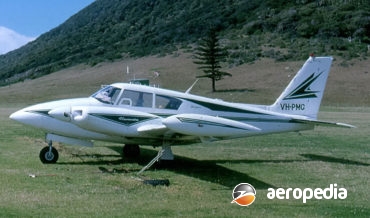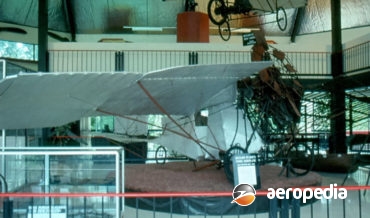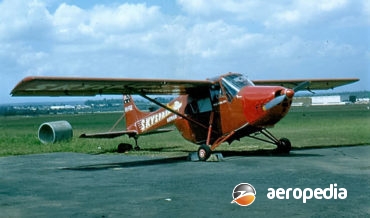All Contents
Contents
The Virus and Sinus light powered gliders are members of a family of aircraft produced to meet world ultra-light regulations and which are produced in volume by Pipistrel in Slovenia for the world market.
David C. Eyre
- May 8, 2019
The Piper Aircraft Corp in 1947 re-organised its operating procedures and worked towards introducing a new model, the two-seat side-by-side PA-15 Vagabond powered by a 48-kw (65-hp) Lycoming O-145 engine.
David C. Eyre
- May 8, 2019
As would be expected, the S-2 was a natural two-seat development of the very popular single-seat S-1 series.
David C. Eyre
- May 8, 2019
The Piper Colt was designed by the Piper Aircraft Corporation as a cheap ‘everymans aeroplane’ to sell in the United States for below $5,000 in the early 1960s.
David C. Eyre
- May 8, 2019
In the 1980s Polaris Motor, an Italian company, commenced designing and producing a small flying-boat which was basically a trike with an amphibious hull.
David C. Eyre
- May 8, 2019
Following the success of the earlier models of the Comanche, Piper moved on to build what it described in advertising as the ultimate light aircraft: ..this new Piper Comanche 400 is a pretty meaningful airplane
David C. Eyre
- May 8, 2019
In 1939 Porterfield Aircraft Corp in Kansas City introduced a new range of light two-seat in tandem cabin monoplanes which were a development of the earlier Model 35 series.
David C. Eyre
- May 8, 2019
The Pegasus Aircar was designed by Mr Raymond Tolhurst of Pegasus Aerocars Design Australia Pty Ltd, and built by his company, Composite Engineering at Camden, NSW in the 1990s as an all-composite light aircraft seating two powered by a fuel-injected turbocharged Mazda rotary engine from an RX-7 motor vehicle driving
David C. Eyre
- May 8, 2019
The Pober Pixie was a single-seat light parasol wing sporting aircraft, the design of which began in January 1974, the prototype making its first flight some six months later.
David C. Eyre
- May 8, 2019
The series of aircraft stemming from the Gull were all-wood low-wing monoplanes designed by Edgar W Percival, the Australian who founded Percival Aircraft Ltd.
David C. Eyre
- May 8, 2019
The Porterfield 35-70 series of aircraft was placed in production by the Porterfield Aircraft Corporation in the USA in April 1935.
David C. Eyre
- May 8, 2019
The Prentice was designed by Percival Aircraft to meet specification T23/43 for a three-seat basic and radio-navigational trainer for the RAF to replace the Tiger Moth in RAF service. The prototype (TV163) flew for the first time on 31 March 1946 and subsequently production of the T.1 model began for
David C. Eyre
- May 8, 2019
The Freccia is one of a series of light aircraft designed and developed in Italy by Pro Mecc of Corigliano d’Otranto, being first shown to the aviation world at the Aero Show held in Friedrichshafen in 2011 It is supplied as a complete ready-to-fly aircraft and has been popular on
David C. Eyre
- May 8, 2019
The SeaRey is produced in kit form by progressive Aerodyne Inc of Orlando, Florida.
David C. Eyre
- May 8, 2019
The Cheyenne was a development of the pressurised Piper Navajo, as indicated by the common PA-31 type number, but was fitted with turboprop engines.
David C. Eyre
- May 8, 2019
The CT-4E is a two-seat (with a third seat optional) low-wing all-metal single-engine monoplane with a fixed tricycle undercarriage, a Lycoming AEIO-540 fuel injected piston engine certified for inverted flight, driving a Hartzell three-blade constant speed propeller.
David C. Eyre
- May 8, 2019
In 1981 Piper Aircraft sold the rights to the PA-36 type to WTA based in Texas which Company thereafter marketed two variants from 1982, these being the PA-36-375 New Brave and the PA-36-400 New Brave with 280-kw (375-hp) and 298-kw (400-hp) engines and by 1987 had completed 150 further aircraft,
David C. Eyre
- May 8, 2019
The Brako series of gyrocopters was designed by Enio Pagotto in and is manufactured at a facility in Italy by Pagotto Carpenterie sri at Pianzano.
David C. Eyre
- May 8, 2019
The Piper PA-44 Seminole was designed in 1974 as a twin-engine training aircraft for pilots who had previously flown only single-engine aircraft, basically being a replacement for the Twin Comanche
David C. Eyre
- May 8, 2019
The P-1 is a light sporting aircraft which can be built in the Experimental aircraft category or as a Light Sports aircraft which is manufactured in Brazil by Paradise Industria Aeronautica Ltd.
David C. Eyre
- May 8, 2019
To meet the needs of commuter airlines which, for some years, used Piper Navajo type aircraft, and which may seek to move up to turbine power in place of the piston-engined type,
David C. Eyre
- May 8, 2019
The P-68 series of light transports was designed by Professor Luigi Pascale and placed in production in Italy by Partenavia in 1972. The prototype (I-TWIN) was flown on 25 May 1970, and this was followed by ten pre-production aircraft, these having a slightly shorter fuselage than the production aircraft, the
David C. Eyre
- May 8, 2019
The Taurus is a light sport aircraft produced in Slovenia and, like the other aircraft in the company’s range, is basically a self-launched glider.
David C. Eyre
- May 8, 2019
The prototype of the Pazmany series of aircraft, the PL-1 Laminar, was flown for the first time on 23 March 1962.
David C. Eyre
- May 8, 2019
The Super Stinker was introduced to the unlimited aerobatic competition world in the early 1990s and is an upgraded variant of the Pitts S-1, being described as a ground-up re-design of the S-1, with increased manoeuvrability and more power.
David C. Eyre
- May 8, 2019
The Airtrainer series was developed by AESL from the Victa Aircruiser, production proceeding for some years, and the type is still in limited production.
David C. Eyre
- May 8, 2019
The Piper J-2 Cub first appeared in 1936 as a simple two-seat in tandem, training monoplane designed by the brothers C Gilbert and Gordon Taylor
David C. Eyre
- May 8, 2019
The PAC 750 series, as noted elsewhere was developed from the Cresco agricultural series of aircraft, which itself was developed from the Fletcher FU-24 series.
David C. Eyre
- May 8, 2019
The Piper PA-20 Pacer, introduced in 1949, was a development of the PA-16 Clipper, which was in turn a development of the PA-15 Vagabond. The PA-16 was fitted with a 86-kw (115-hp) Lycoming four-cylinder engine.
David C. Eyre
- May 8, 2019
The Thunder Mustang was produced by Papa 51 Ltd at its facility at Nampa, Idaho and is an all-composite three-quarter scale replica of the North American P-51 Mustang.
David C. Eyre
- May 8, 2019
Developed from the Piper Apache, and using many common components, the prototype of the Aztec series was flown for the first time in 1959.
David C. Eyre
- May 8, 2019
The Parnall Penguin, also known as the Marshall Penguin, was designed and built by well known Australian aviation identity, the late Sidney Marshall, in the late 1950s.
David C. Eyre
- May 8, 2019
In the late 1940s Piper Aircraft Corp at Lock Haven, Pennsylvania was looking at producing a four-seat high-wing monoplane along the lines of the PA-12 Super Cruiser and it became known as the PA-14 Family Cruiser, this being achieved by widening the fuselage by 10.16 cm (4-in) and it was
David C. Eyre
- May 8, 2019
The Cherokee Arrow, which was added to the Cherokee range of light touring aircraft in June 1967, was virtually a retractable-undercarriage version of the fixed-undercarriage Cherokee.
David C. Eyre
- May 8, 2019
The Pazmany PL-1, known as the Laminar for its laminar flow wing, was designed by Ladislao Pazmany for the home-built aircraft market, the prototype flying for the first time on 23 March 1962.
David C. Eyre
- May 8, 2019
The Twin Comanche series was designed to fill a market need for a small economical multi-engined machine which would provide day, night and all-weather utility, geared to small airports and short fields.
David C. Eyre
- May 8, 2019
Richard Pearse was one of New Zealands pioneering aviators, designing and building aircraft on his property at Waitohi on the South Island
David C. Eyre
- May 8, 2019
On 21 December 1955 the prototype Percival EP-9 was flown for the first time by the aircraft’s designer, and founder of the company, Mr Edgar W Percival, an Australian-born designer and builder of several very successful aircraft.
David C. Eyre
- May 8, 2019
Edgar Wikner Percival was born in Albury, NSW, in 1897 and died in 1984 at the age of 86 years.
David C. Eyre
- May 8, 2019
Recent Comments
Archives
Categories
- No categories
Categories
- No categories
Latest Posts
Newsletter

